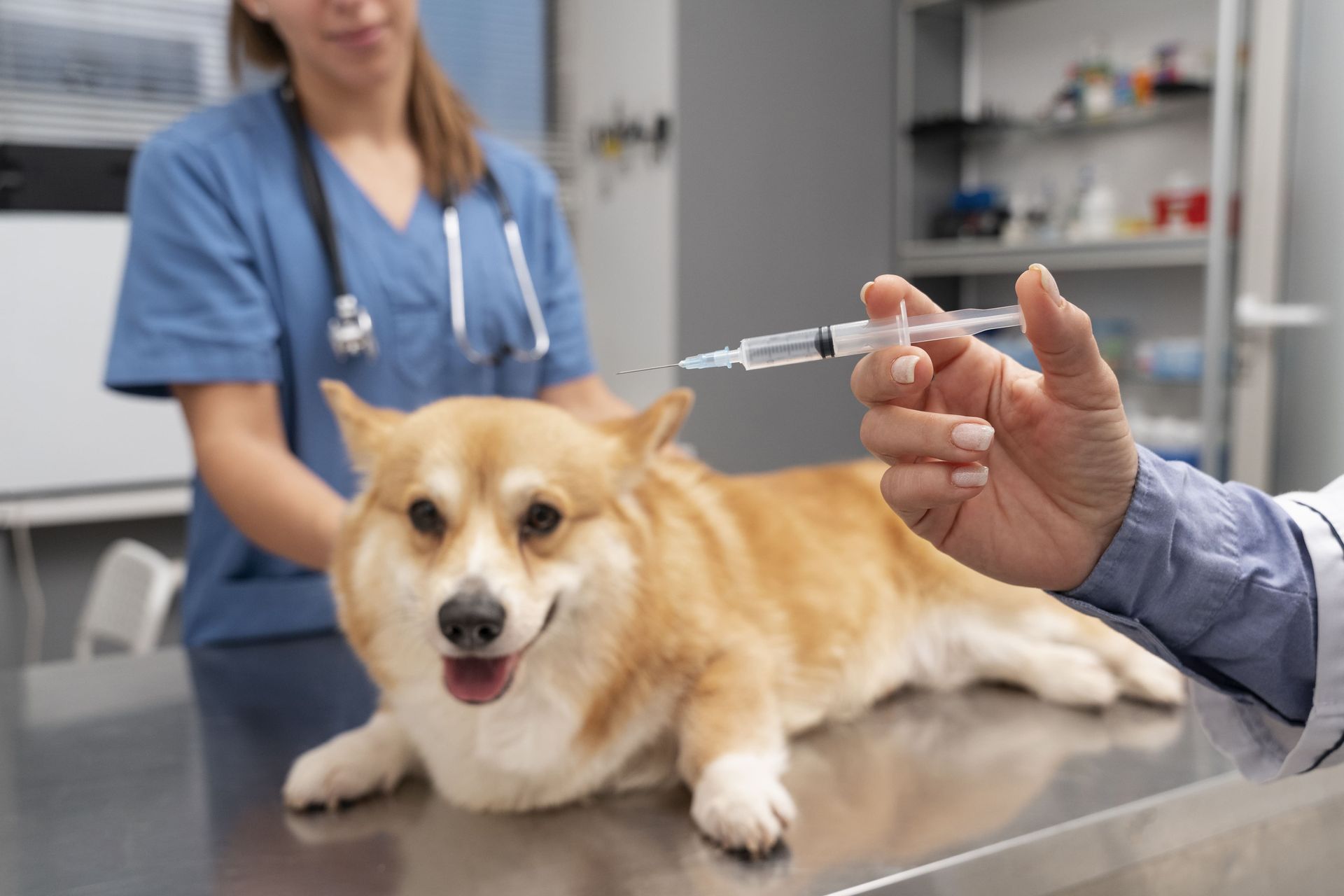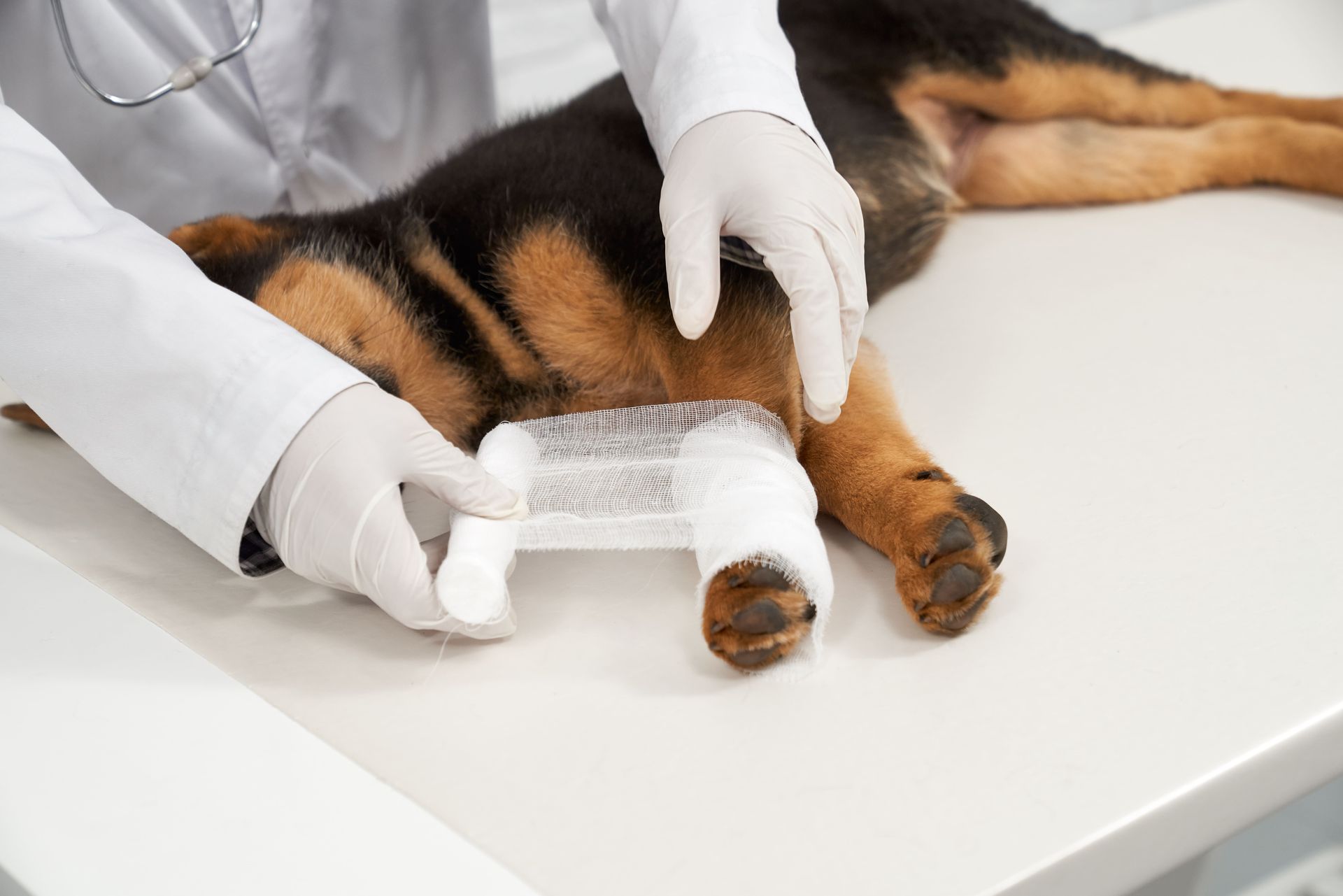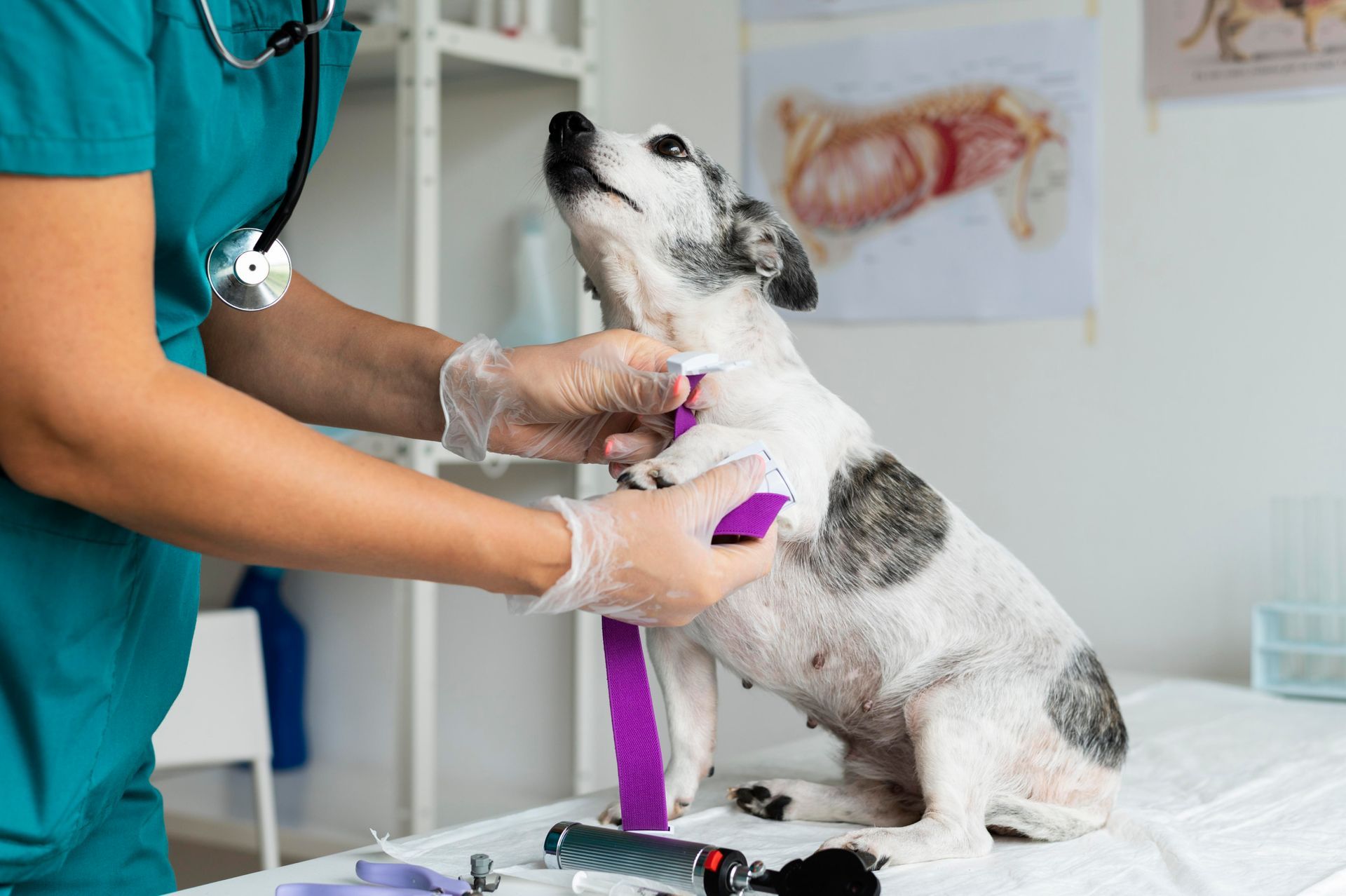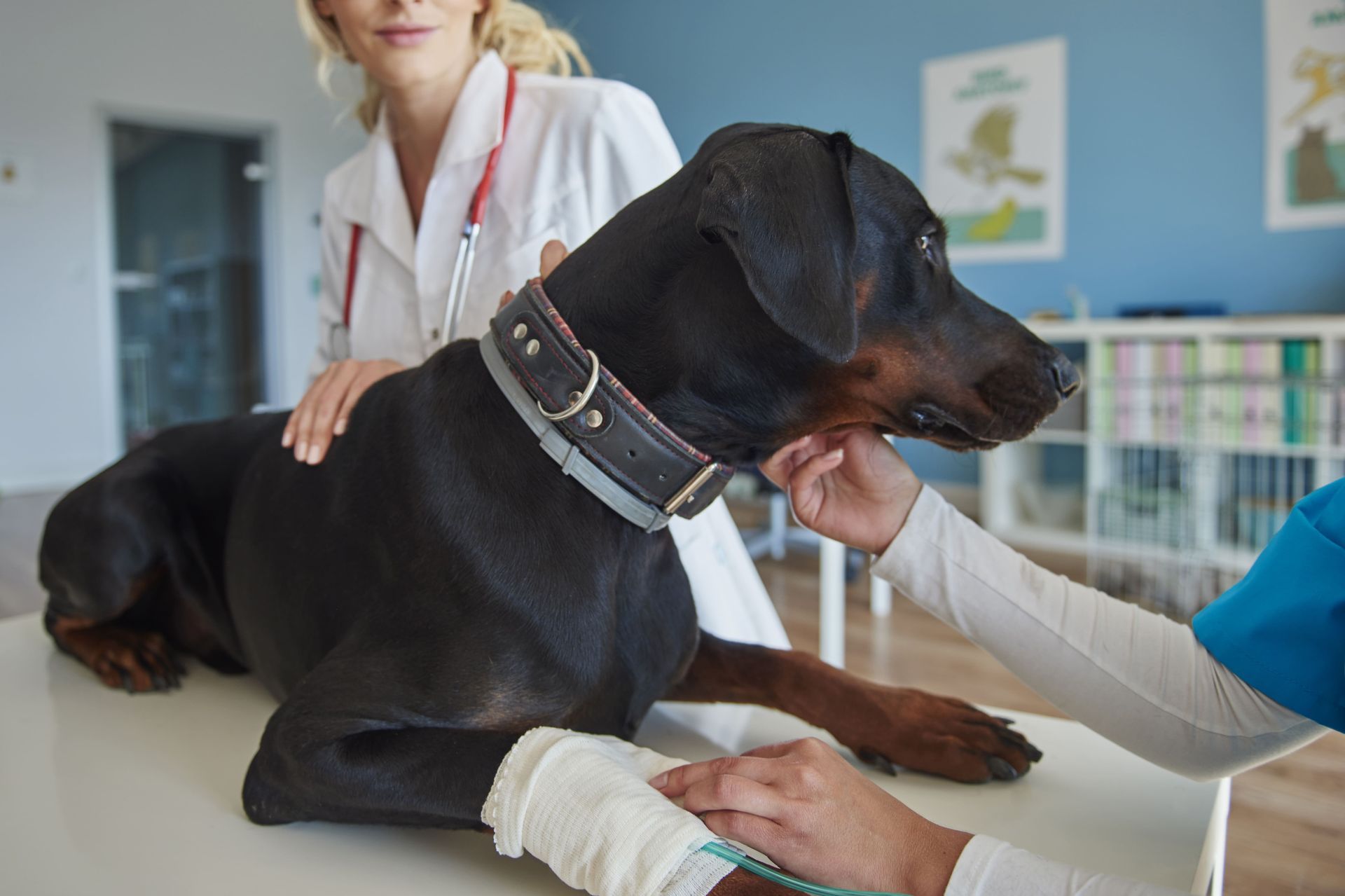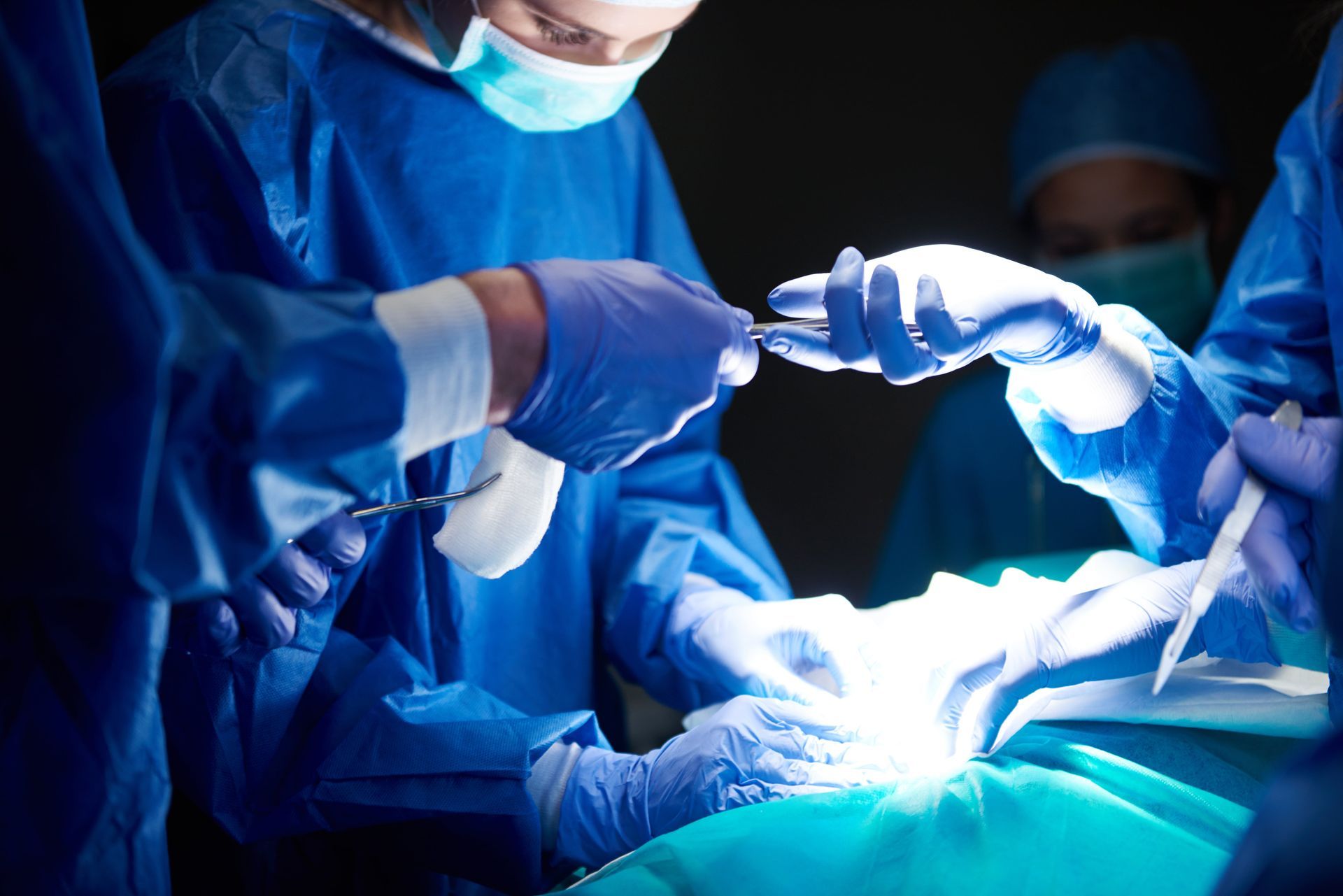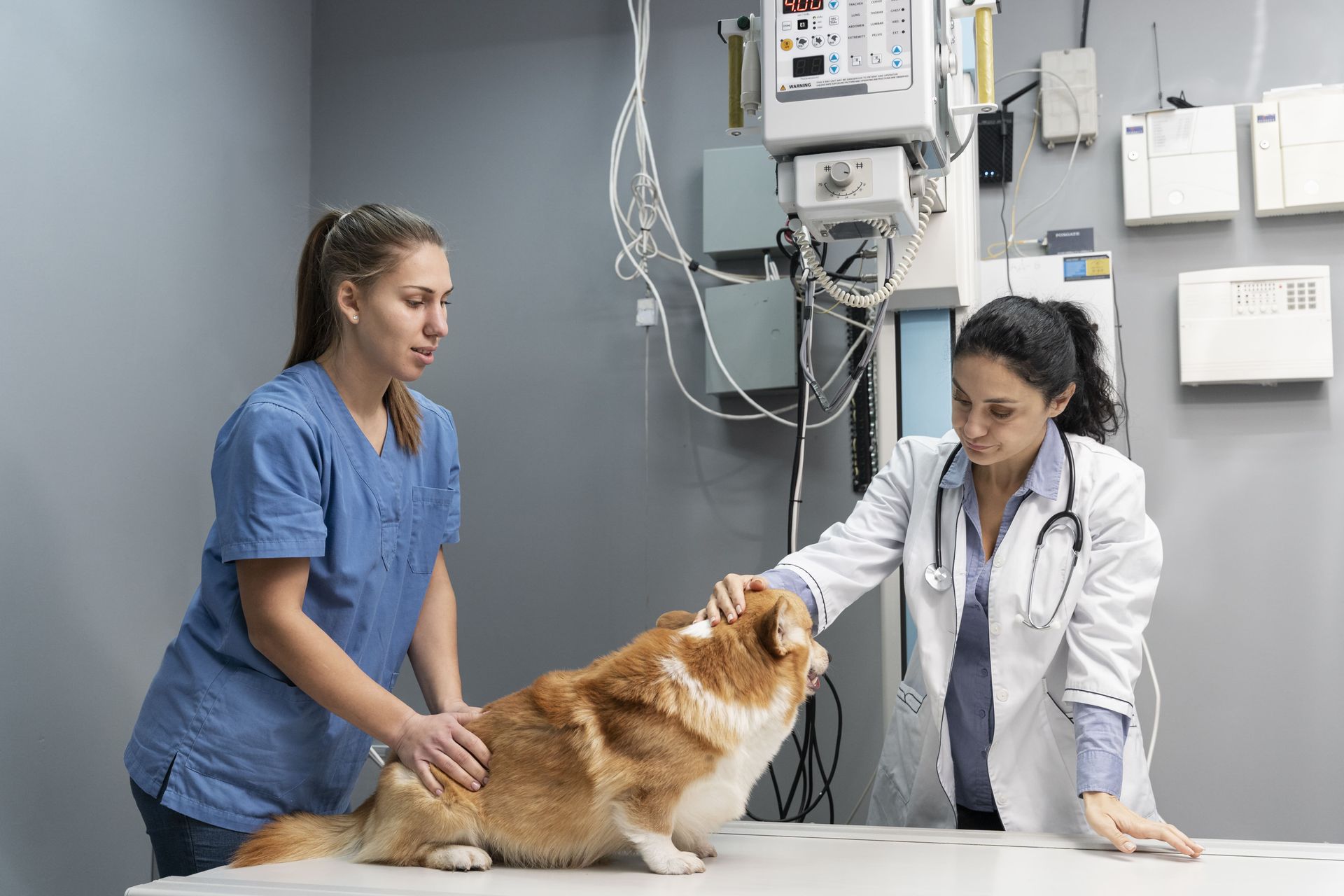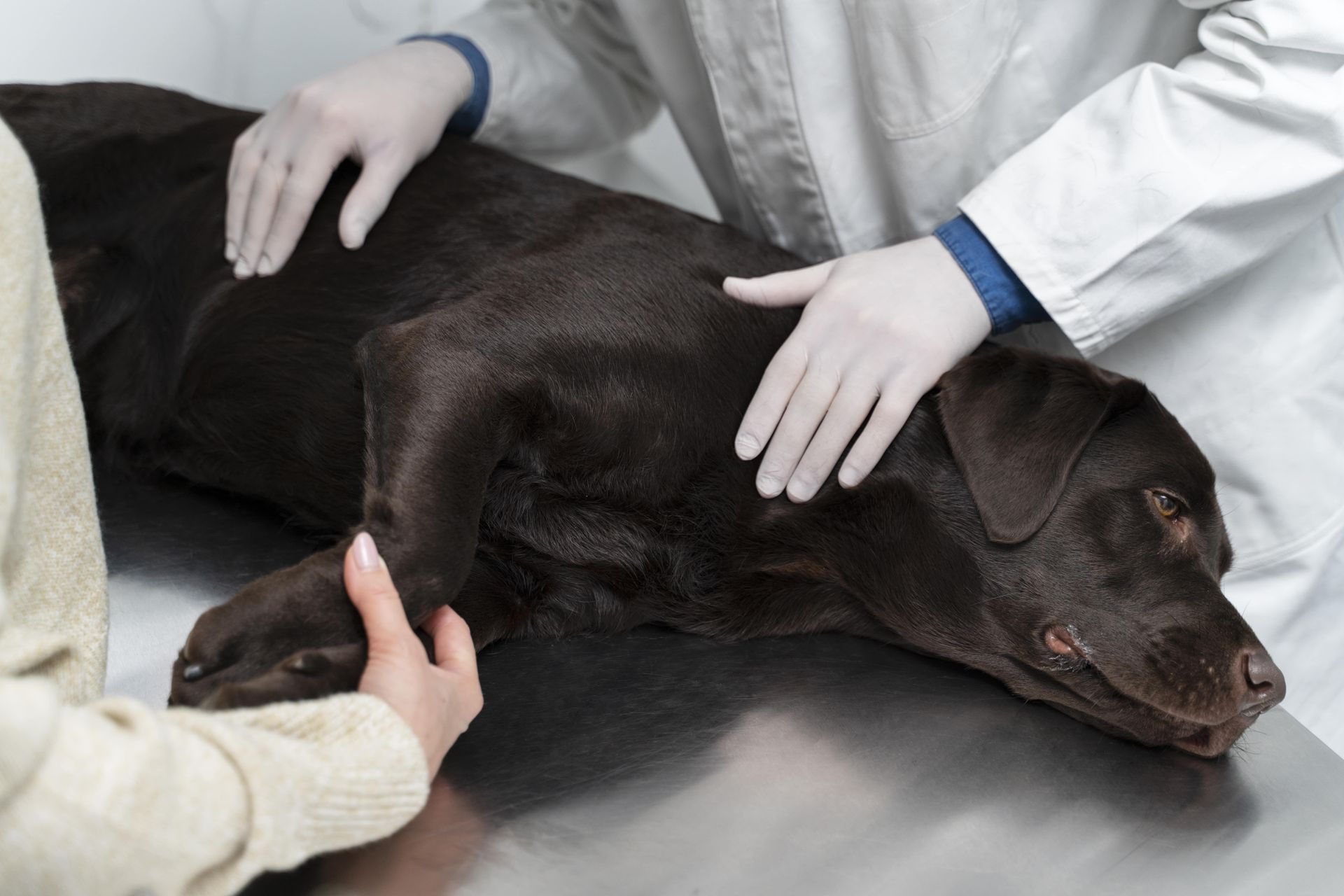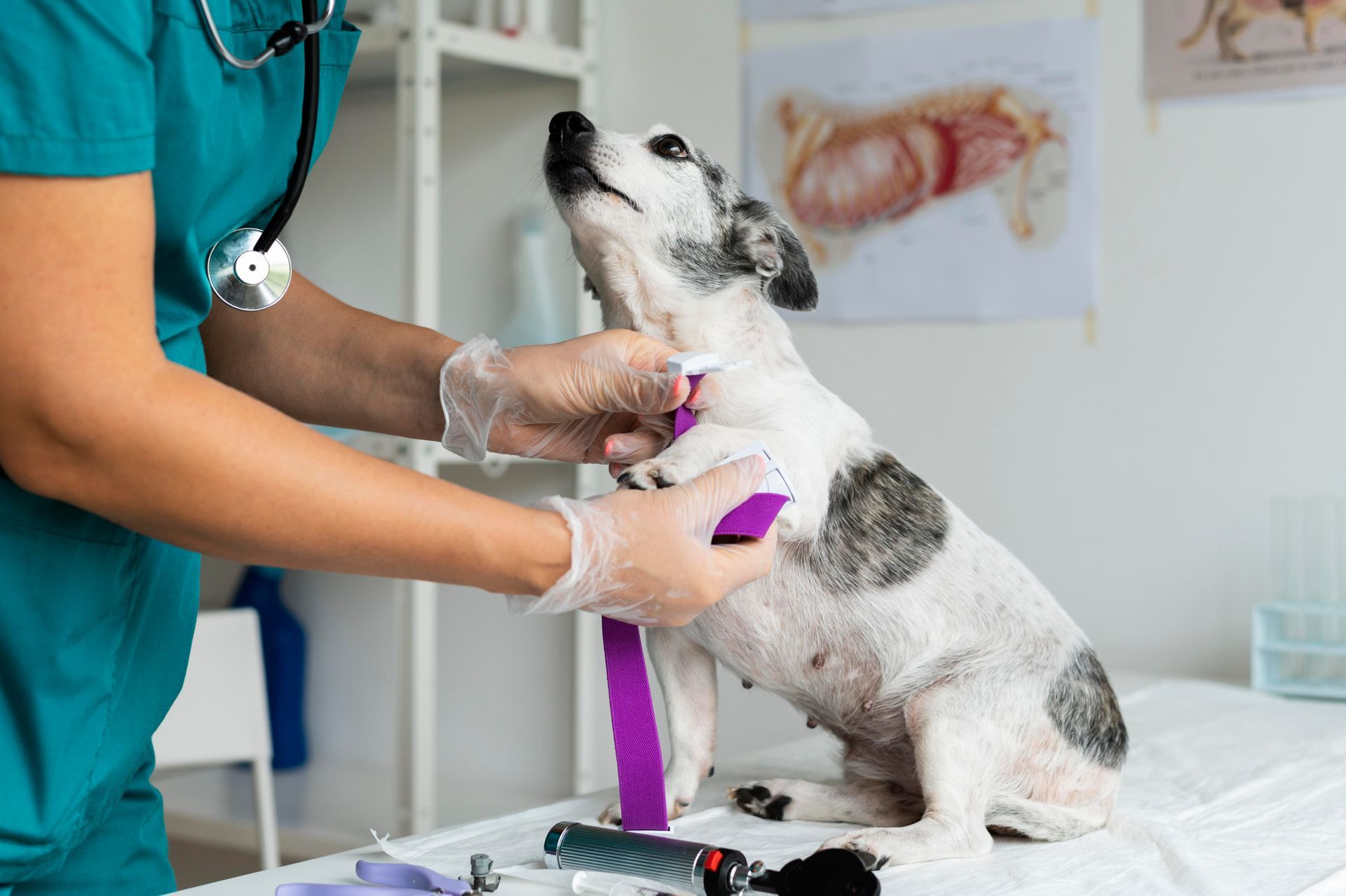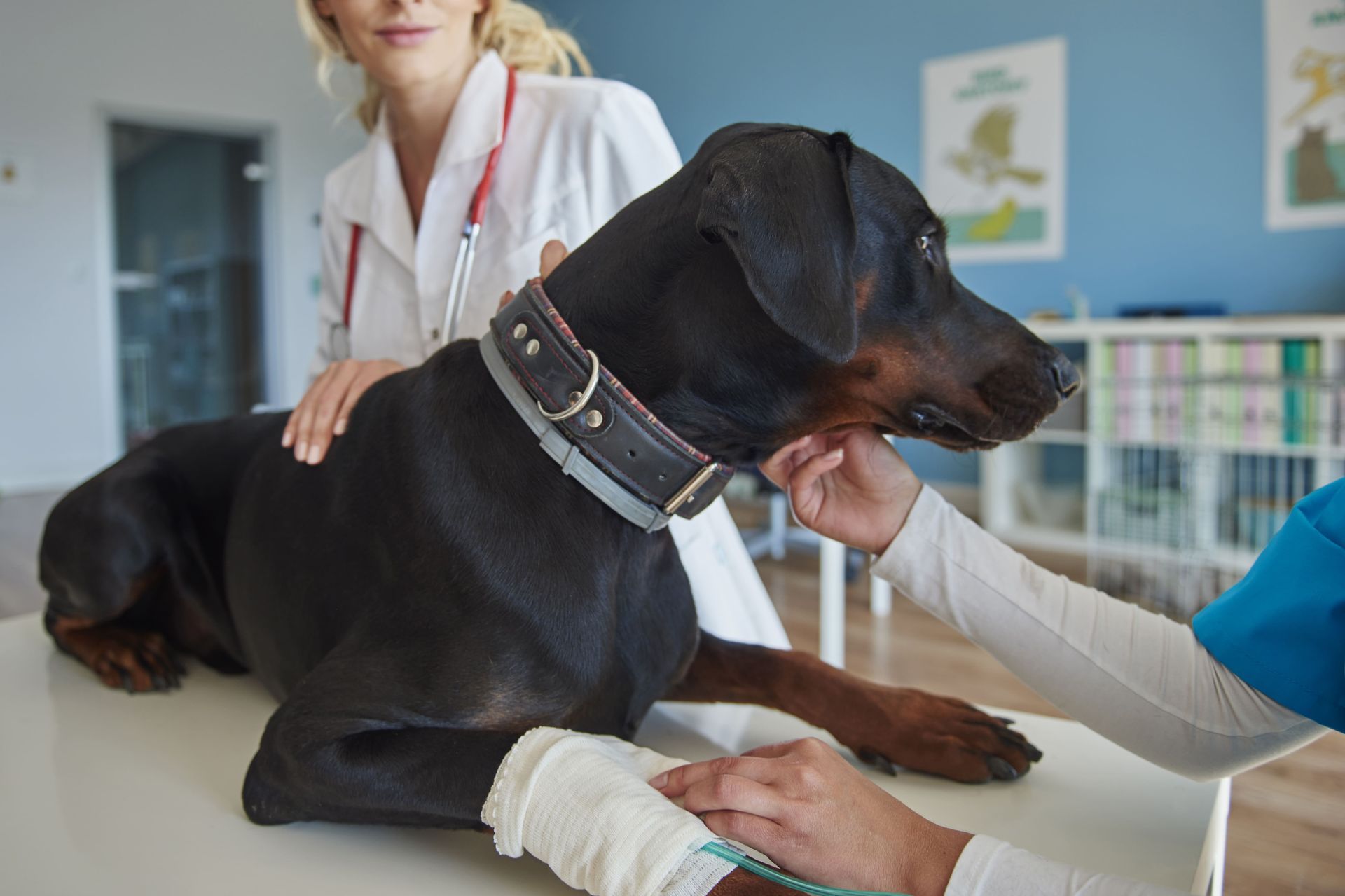Contact Info
133 Lincoln Avenue, Fair Lawn, New Jersey 07410, US
973-427-0990
133 Lincoln Ave, Fair Lawn, NJ 07410
Call Us Now: (973) 427-0990
133 Lincoln Ave, Fair Lawn, NJ 07410
Call Us Now: 973-427-0990
When it comes to keeping our canine companions healthy and active, one of the most common injuries that veterinarians encounter is a rupture of the cranial cruciate ligament, often referred to as the ACL in dogs. Just like humans, a dog’s ACL plays a vital role in stabilising the knee joint, and damage to it can lead to pain, lameness, and long-term joint problems if left untreated. Understanding the available surgical options is crucial for pet owners looking to provide the best care for their furry friends. Among the most advanced and widely used techniques for dog ACL repair are the Tibial Plateau Levelling Osteotomy, or TPLO, and the Tibial Tuberosity Advancement, or TTA. Both procedures aim to restore stability to the knee, but they do so in very different ways.
Understanding Dog ACL Injuries
The cranial cruciate ligament in dogs functions to prevent the tibia from sliding forward under the femur during weight bearing. When this ligament ruptures, dogs often exhibit sudden lameness in one or both hind legs. Over time, if left untreated, the instability can cause arthritis and cartilage degeneration. Dog ACL repair is, therefore, more than just a surgical procedure; it is a pathway to ensuring the quality of life for dogs that love to run, play, and jump.
Several factors can contribute to ACL injuries in dogs, including genetics, age, weight, and activity level. Large breeds such as Labradors, Rottweilers, and German Shepherds are particularly prone to ligament rupture, but even smaller dogs can experience this debilitating injury. Once diagnosed, a veterinary surgeon will often discuss the best dog ACL repair options based on the dog’s size, activity level, and overall health.
TPLO: Tibial Plateau Levelling Osteotomy
The TPLO technique is considered one of the gold standards in dog ACL repair for large and active dogs. Unlike traditional methods that attempt to replace or mimic the ligament, TPLO changes the angle of the tibial plateau, the top surface of the tibia that forms the knee joint. By rotating this surface, the procedure neutralises the forward thrust of the tibia, effectively stabilising the knee without relying on the damaged ligament.
The surgery begins with a precise cut in the tibia, allowing the surgeon to rotate the tibial plateau to the optimal angle. A specially designed metal plate and screws are then applied to secure the bone in its new position. Recovery requires restricted activity for several weeks, followed by a structured physiotherapy programme. Most dogs experience significant improvement in mobility and pain reduction after TPLO surgery, with many returning to normal activity levels within three to six months.
The advantages of TPLO include excellent long-term stability, minimal reliance on the ligament itself, and a lower risk of further ligament injury. However, TPLO is a technically demanding surgery that requires experienced surgeons and specialised equipment. This technique is particularly suitable for medium to large breed dogs, or dogs that are highly active and likely to place a lot of stress on their knees.
TTA: Tibial Tuberosity Advancement
The TTA technique is another innovative approach to dog ACL repair that focuses on altering the mechanics of the knee rather than replacing the ligament. In this procedure, the tibial tuberosity, the front portion of the tibia, is advanced to change the angle of the patellar tendon. This adjustment reduces the strain on the ruptured ligament during weight bearing, allowing the knee to function more normally.
During TTA surgery, the surgeon cuts the tibia and places a specially designed cage or wedge to advance the tibial tuberosity. The bone is stabilised with screws or plates, and the surrounding tissues are carefully sutured. Similar to TPLO, post-operative recovery involves restricted activity and physiotherapy to restore strength and mobility. TTA is often preferred for dogs that are medium-sized or for cases where TPLO may be less suitable due to anatomical considerations.
The benefits of TTA include less invasive bone manipulation compared to TPLO, reduced post-operative pain, and excellent outcomes in terms of joint stability. While both TPLO and TTA aim to achieve the same goal, the choice of procedure depends on factors such as the dog’s size, knee anatomy, and lifestyle needs.
Comparing TPLO and TTA in Dog ACL Repair
Both TPLO and TTA are highly effective surgical solutions for dog ACL repair, but they differ in their approach, biomechanics, recovery requirements, and suitability for various dogs. Understanding these differences can help pet owners make an informed decision alongside their veterinarian.
1. Surgical Approach and Biomechanics
TPLO focuses on altering the slope of the tibial plateau, the top surface of the tibia forming the knee joint. By rotating the plateau to a more neutral angle, the forward motion of the tibia under the femur is prevented during weight bearing. This mechanical adjustment means the ruptured ligament is no longer required to stabilise the knee, providing long-term joint stability. In contrast, TTA advances the tibial tuberosity, the front section of the tibia, changing the angle of the patellar tendon. This adjustment reduces the strain on the damaged ligament while maintaining normal knee mechanics. Essentially, TPLO modifies the joint surface itself, while TTA changes the pull direction of the tendon to achieve stability.
2. Suitability by Dog Size and Activity Level
TPLO is generally preferred for larger or highly active dogs, including breeds such as Labradors, Rottweilers, and German Shepherds. Its ability to provide excellent long-term stability makes it ideal for dogs that place high stress on their knees through running, jumping, or agility activities. TTA, on the other hand, is often more suitable for medium-sized dogs or those with anatomical considerations that make TPLO less practical. While TTA is still effective in larger dogs, some surgeons reserve it for smaller or moderately active breeds due to biomechanical considerations.
3. Recovery and Rehabilitation
The recovery process for both TPLO and TTA is similar but varies slightly depending on the extent of bone manipulation and the dog’s individual healing capacity. TPLO often involves a larger bone cut and rotation, which may require more intensive post-operative monitoring, strict rest, and careful physiotherapy. TTA, involving less extensive bone rotation, may result in reduced post-operative discomfort and slightly faster initial mobility. Both techniques, however, necessitate restricted activity for several weeks, controlled leash walks, and a structured physiotherapy programme to strengthen muscles, maintain joint flexibility, and prevent compensatory injuries.
4. Risks and Complications
All surgical procedures carry potential risks, and dog ACL repair is no exception. TPLO’s complexity and extensive bone manipulation may slightly increase the risk of post-operative complications, such as infection, implant failure, or delayed bone healing. TTA, while generally less invasive, carries risks related to implant stability, bone union, and occasional patellar tendon strain. Choosing a veterinary surgeon experienced in both procedures significantly reduces these risks and ensures proper planning tailored to the individual dog’s anatomy and lifestyle.
5. Long-Term Outcomes
Both TPLO and TTA have excellent success rates when performed correctly, with most dogs returning to normal activity within three to six months. TPLO is often associated with superior long-term stability, making it the preferred choice for dogs that are very active or prone to re-injury. TTA offers comparable outcomes in terms of pain reduction, joint function, and mobility, especially for medium-sized dogs. Ultimately, the decision between TPLO and TTA depends on a combination of factors, including the dog’s size, activity level, anatomical structure, and the surgeon’s expertise.
Recovery and Rehabilitation
Regardless of the chosen procedure, rehabilitation is a critical component of successful dog ACL repair. Immediately after surgery, dogs typically require restricted movement, often using a crate or confined space to prevent excessive strain on the healing knee. Controlled leash walks, physiotherapy exercises, and sometimes hydrotherapy can aid in restoring muscle strength and joint mobility.
Owners should monitor their pets closely during recovery for signs of discomfort or complications such as swelling, infection, or unusual lameness. Pain management is an important aspect, with veterinarians prescribing appropriate medications to ensure a comfortable recovery period. Nutrition and maintaining a healthy weight also play a crucial role in promoting optimal healing and reducing the risk of future injuries.
Why Does Dog ACL Repair Matters?
Dog ACL repair is not just about restoring mobility; it is about ensuring long-term joint health and preventing secondary problems such as arthritis or compensatory injuries. Early diagnosis and timely surgical intervention can make a significant difference in a dog’s quality of life. With advanced techniques like TPLO and TTA, veterinarians now have reliable methods to return dogs to active and pain-free lives, preserving their joy in running, jumping, and playing with family members.
Choosing the Right Veterinary Centre!
Selecting a veterinary hospital with experienced surgeons and a proven track record in dog ACL repair is essential for achieving the best outcome. High-quality facilities equipped with modern surgical tools and rehabilitation resources can greatly improve the success of both TPLO and TTA procedures. Owners should seek out veterinary teams that provide personalised care, detailed post-operative guidance, and ongoing support throughout the recovery process.
At Lincoln Avenue Cat & Dog Hospital
in Fair Lawn, New Jersey, we offer the latest dog ACL repair techniques, including both TPLO and TTA procedures. Our team of skilled surgeons and veterinary professionals is dedicated to providing comprehensive care tailored to your dog’s individual needs. We combine state-of-the-art surgical expertise with compassionate attention to ensure the best outcomes for your pets. Whether your dog is large and active or medium-sized and playful, we are committed to restoring mobility and improving quality of life. Trust Lincoln Avenue Cat & Dog Hospital as your go-to centre for expert dog ACL repair in Fair Lawn, New Jersey. Contact us now!
FAQs
Q-1. How long does it take for a dog to recover from TPLO or TTA surgery?
Ans: Recovery typically takes three to six months, with a gradual return to normal activity. Controlled exercise and physiotherapy are essential for optimal healing.
Q-2. Are TPLO and TTA surgeries painful for dogs?
Ans: Post-operative pain is managed with prescribed medications. Most dogs experience significant improvement in comfort and mobility after surgery.
Q-3. Can smaller dogs benefit from these procedures?
Ans: Yes, TTA is often suitable for medium-sized dogs, while TPLO is ideal for larger or highly active dogs. The choice depends on individual anatomy and lifestyle.
Q-4. What are the risks of dog ACL repair surgery?
Ans: Complications are rare but can include infection, swelling, or delayed bone healing. Choosing an experienced veterinary team greatly reduces these risks.
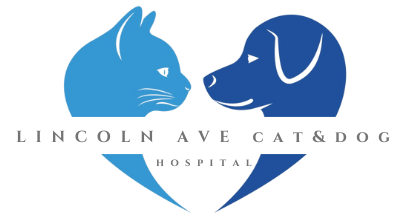
The Lincoln Avenue Cat & Dog Hospital was founded in 1984, quickly emerging as a regional leader in treating felines exclusively.
Quick Links
Contact Info
133 Lincoln Avenue, Fair Lawn, New Jersey 07410, US
973-427-0990

Quick Links
Contact Info
133 Lincoln Avenue, Fair Lawn, New Jersey 07410, US
(973) 427-0990
Fax: (973) 427-0990
© 2025
All Rights Reserved | Lincoln Ave Cat & Dog Hospital
New Paragraph
PAYMENT POLICY
Please note that there is a 3.5% processing fee applied to all credit card payments. If you wish to not incur this fee we will accept a debit card or cash. We apologize for any inconvenience.
